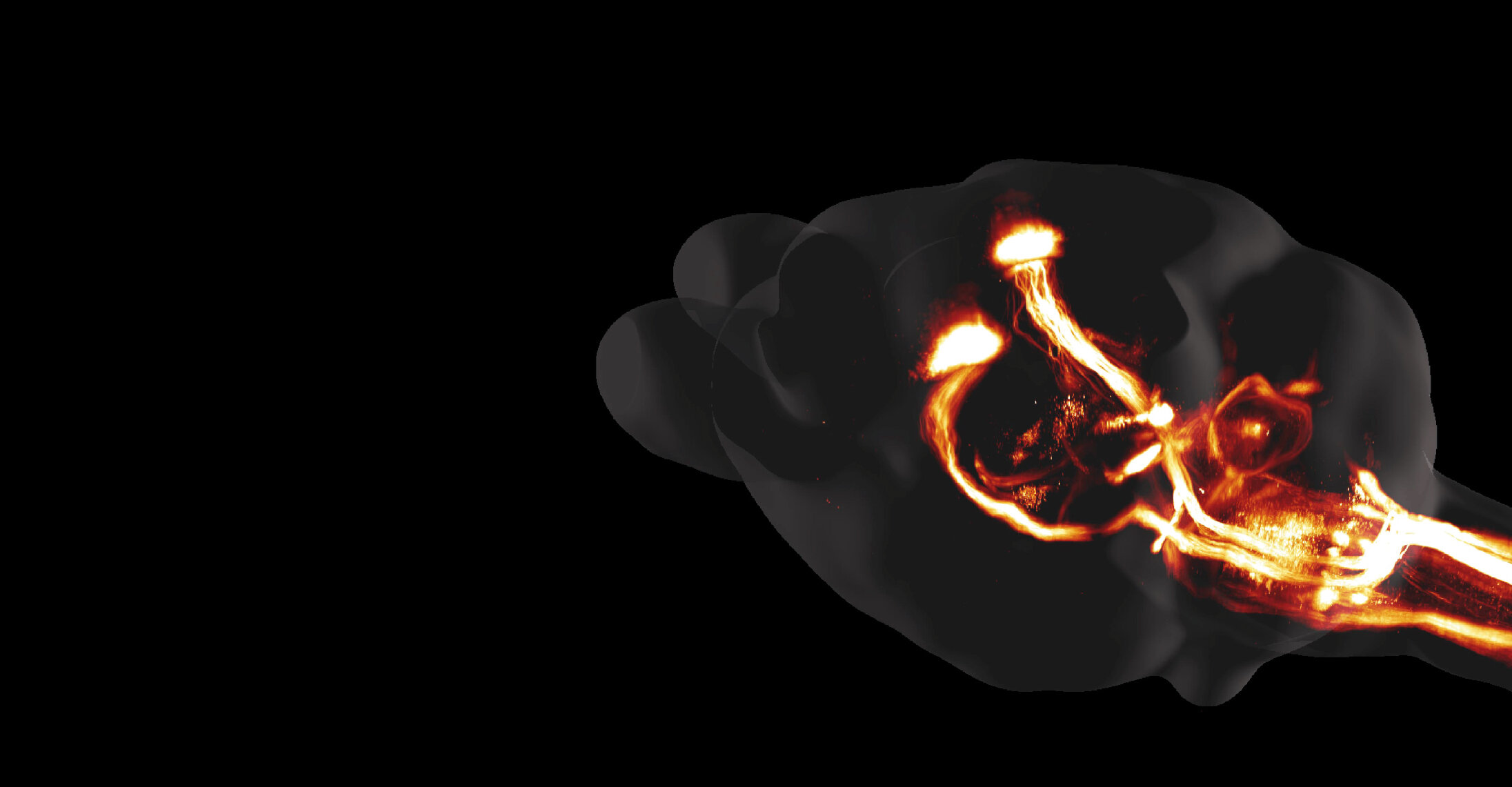
Spinal Cord Injury
STIMO study
We are conducting a clinical feasibility study called STIMO (“STImulation Movement Overground”), which aims to restore motor functions in people with chronic spinal cord injury. An implantable pulse generator delivers bursts of electrical stimulation at specific locations over the spinal cord and with a timing that coincides with the intended leg movements. This Targeted Epidural Spinal Stimulation (TESS) reactivates the spinal cord below the injury, and amplifies the residual commands from the brain. TESS immediately restores stepping in people with severe spinal cord injury. When combined with robot-assisted gait rehabilitation, TESS improves neurological recovery, even when the stimulation is switched off.
We will soon extend this therapeutic approach to patients in the acute phase after spinal cord injury in a multicentric clinical study.
Related publications
Spinal cord repair: advances in biology and technology. Nat Med. 2019 Jun;25(6):898-908. doi: 10.1038/s41591-019-0475-6. Epub 2019 Jun 3.
Targeted neurotechnology restores walking in humans with spinal cord injury. Nature. 2018 Nov;563(7729):65-71. doi: 10.1038/s41586-018-0649-2. Epub 2018 Oct 31.
Electrical spinal cord stimulation must preserve proprioception to enable locomotion in humans with spinal cord injury. Nat Neurosci. 2018 Dec;21(12):1728-1741. doi: 10.1038/s41593-018-0262-6. Epub 2018 Oct 31.
Join our waiting list

Brain Spine Interface
Brain Spine Interface study
This project aims to establish a digital bridge between the brain and the spinal cord in order to restore motor control of paralyzed limbs after spinal cord injury. Using brain recording techniques such as electroencephalography (EEG), electrocorticography (ECoG) and intracortical recordings, it is possible to decode motor intentions, and to translate this decoding into TESS protocols that promote the intended movement.
Related publications
A brain-spine interface alleviating gait deficits after spinal cord injury in primates. Nature. 2016 Nov 10;539(7628):284-288. doi: 10.1038/nature20118.
Parkinson
Parkinson study
Our research program aims to alleviate gait and balance deficits in people with Parkinson’s disease. To achieve this, we are decoding the dynamics of brain and spinal circuits during movement execution. We combine high-resolution wireless monitoring of whole-body movement in ecological conditions with recording of multiple brain regions in order to map neural and motor states during the performance of activities of daily living. Our objective is to translate this understanding into closed-loop control of TESS protocols that alleviate gait and balance deficits.
Related publications
Neural correlates of leg force modulation in the Subthalamic nucleus of patients with Parkinson's disease. OptoDBS 2019, Geneva, Swizterland
Real-time decoding of leg force modulation from local field potentials in the human subthalamic nucleus. OptoDBS 2019, Geneva, Swizterland
Motor cortex and subthalamic nucleus dynamics underlying leg motor functions. European Society for Stereotactic and Functional Neurosurgery Meeting 2018, Edinburgh, UK
Predicting beta bursts from local field potentials to improve closed-loop DBS paradigms in Parkinson's patients. Conf Proc IEEE Eng Med Biol Soc. 2018 Jul;2018:3766-3796. doi: 10.1109/EMBC.2018.8513348.
Stroke
Stroke study
We used cortical recordings to study the electrophysiological evolution of the brain after an internal capsule stroke. We are now developing novel neurotechnological approaches to potentialize motor recovery.
Related publications
Nonhuman primate model of subcortical stroke. eventpilot.us/stroke
